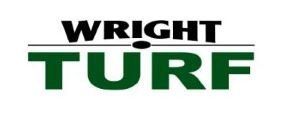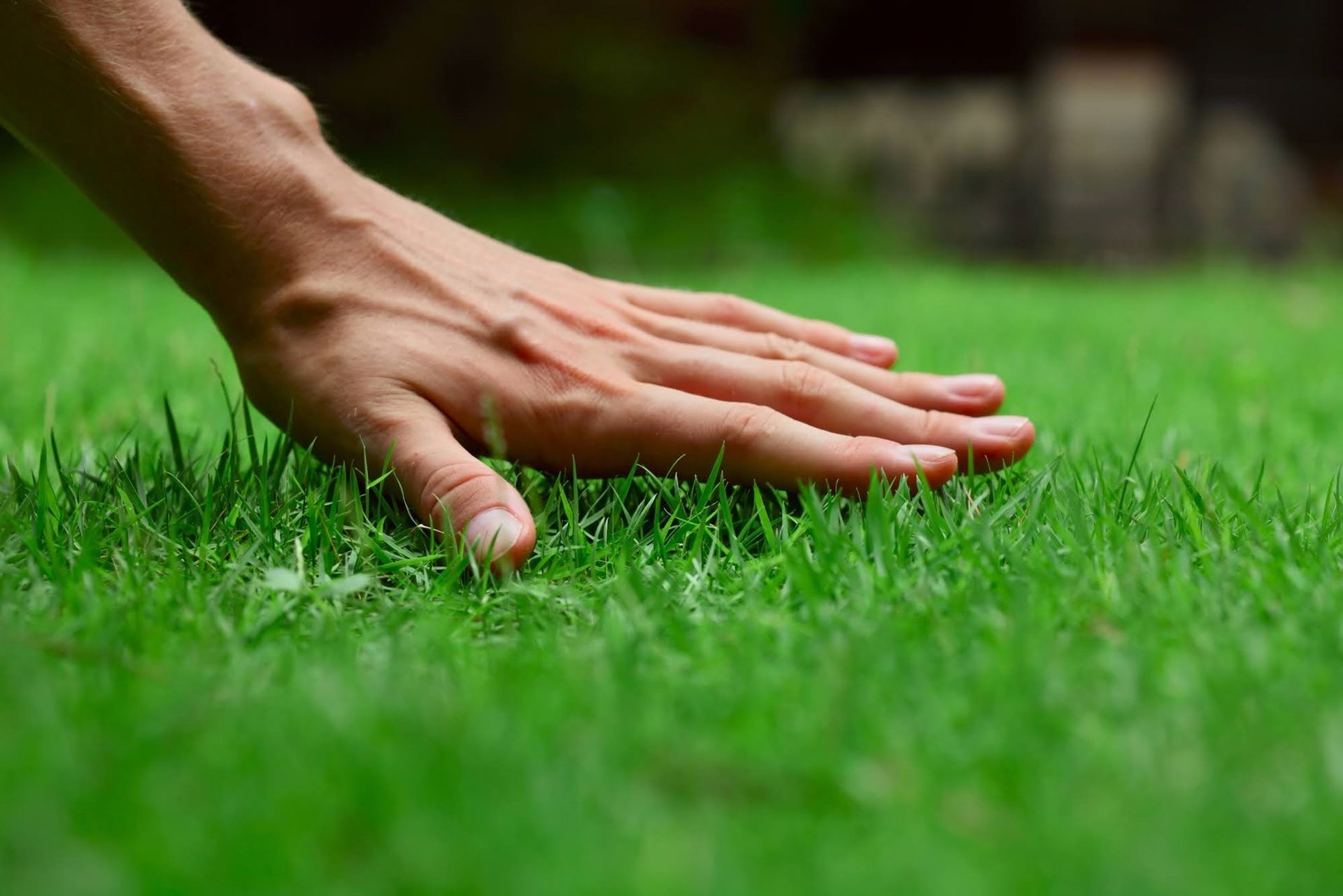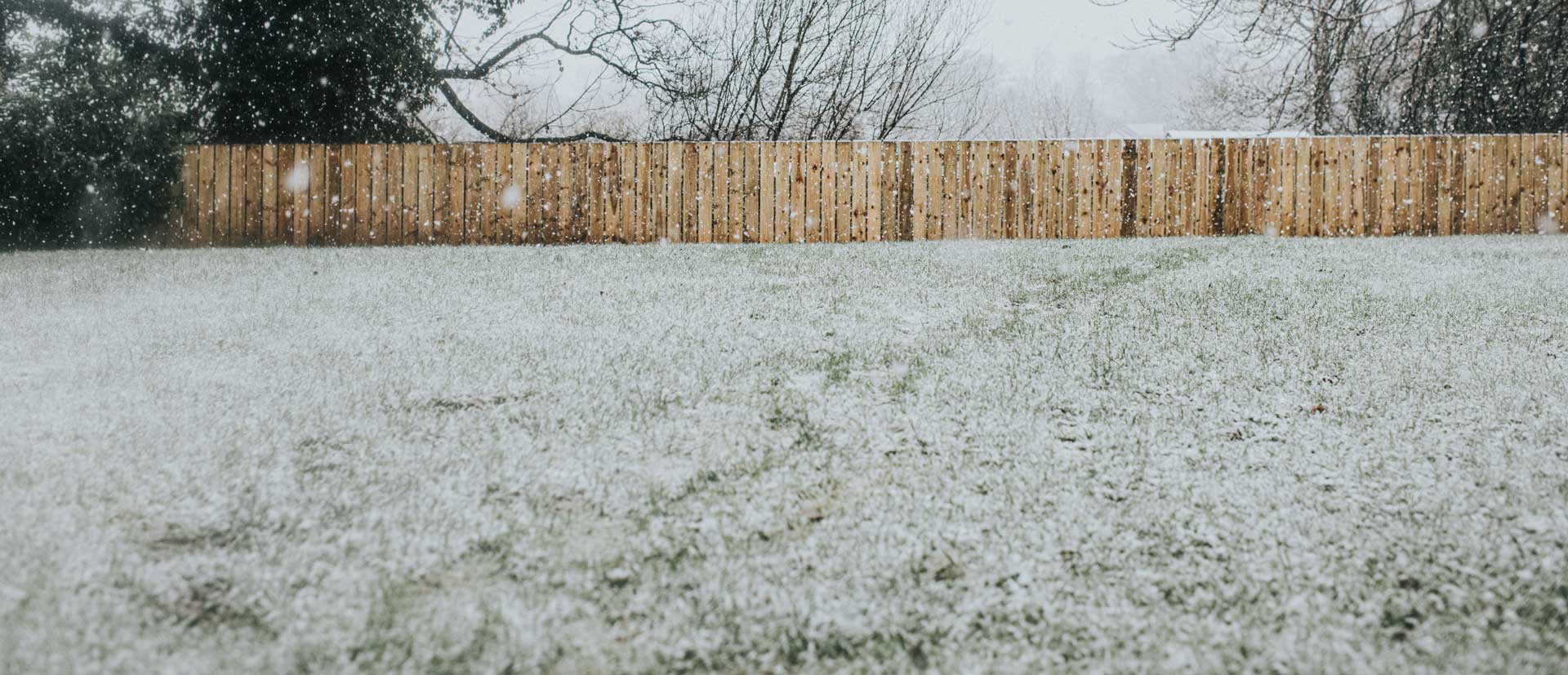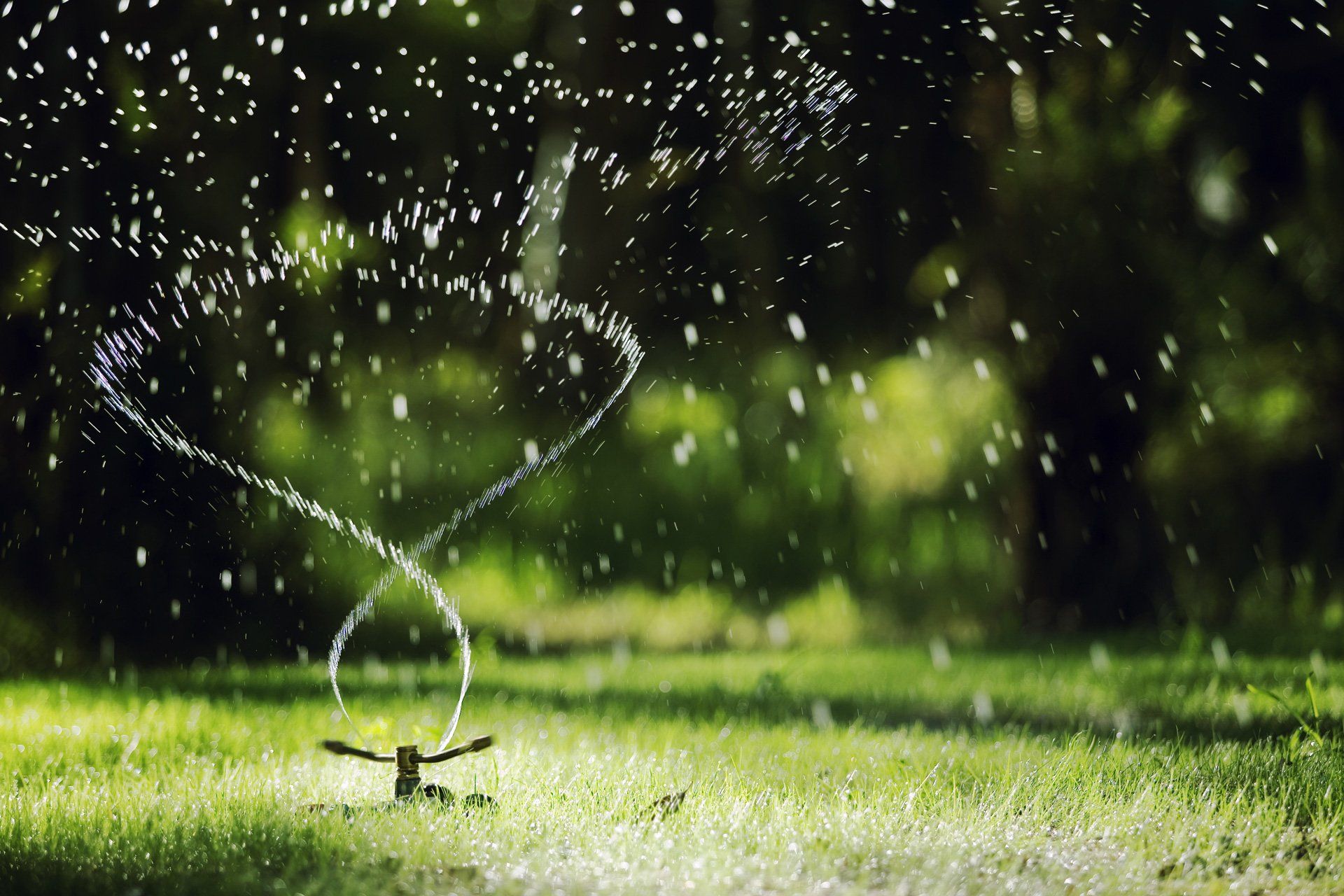9 Common Turf Maintenance Mistakes and How to Avoid Them
- By Admin
- •
- 06 Jun, 2022
- •
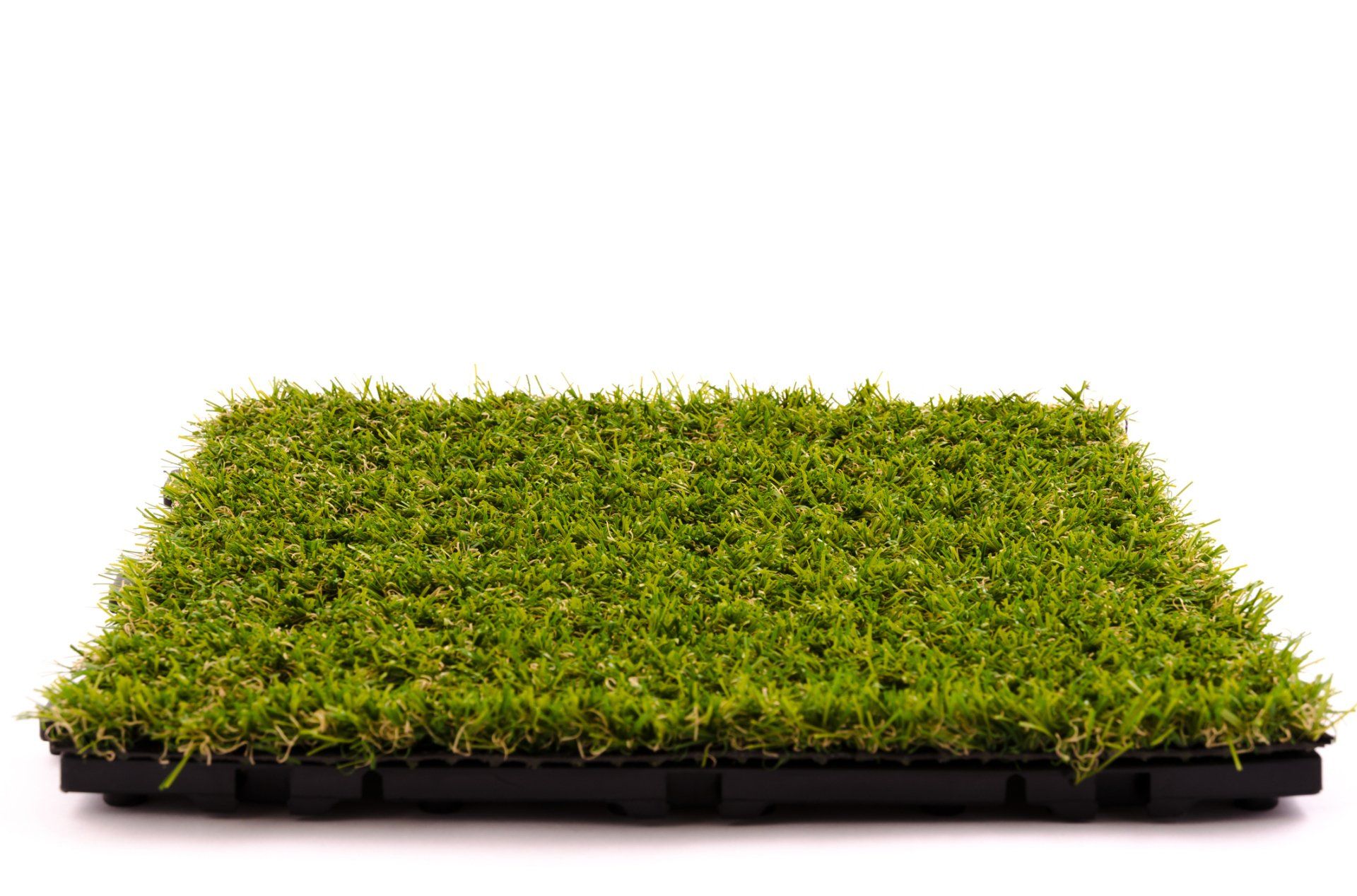
Turf maintenance is a critical part of keeping your lawn looking its best. Unfortunately, many people make common mistakes in turf maintenance. This article highlights nine of the most common turf maintenance mistakes and how to avoid them.
1. Not Mowing the Turf Regularly Enough
If you let your turf grow too long, it will become challenging to control and may start to look unkempt. Cutting down your turf once a week is usually sufficient, but you may need to trim more often during periods of rapid growth.
Notably, when you mow your turf, be sure to choose the right size mower. Using a mower that is too big for your turf can damage it, and using a mower that is too small will make it difficult to mow evenly.
2. Mowing Turf Too Short
While you don't want to let your turf grow too long, mowing it too short is also a mistake. If you cut your turf too short, it will be more susceptible to heat, cold, and drought damage. It's best to keep your turf at 2 1/2 to 3 inches.
3. Not Aerating the Turf Regularly
Aeration helps improve the drainage of your turf and prevents compaction of the soil. It also allows oxygen and nutrients to reach the roots of your turf better. Aerate your turf at least once a year and more often if you have heavy traffic on your lawn. To aerate, poke holes in the turf with a garden fork or aerator.
4. Over-Watering the Turf
While turf does need water to survive, too much water can be harmful. Over-watering can lead to disease, fungal growth, and even death of your turf. Water your turf only when needed, and check the soil before watering to see if it is already moist. Watering once or twice a week is enough.
5. Failure to Fertilize the Turf
Without fertilizer, your turf will be more susceptible to disease and pests. Be sure to use a fertilizer that is specifically designed for turf grasses, and follow the directions on the package.
Using the wrong fertilizer can harm the grass. Be sure to read the labels on fertilizers to find one that is right for your lawn.
6. Failure to Remove Debris on Your Turf
Debris can block sunlight and air from reaching the grass, and it can also provide a place for pests to hide. Be sure to remove debris from your turf regularly. Use a rake, leaf blower, or lawnmower to remove debris from your turf.
7. Failure to Reseed
If you have bare spots or thin areas in your turf, it's essential to reseed them. Reseeding helps ensure that your turf is thick and healthy. Be sure to choose a grass seed that is appropriate for your climate and soil type.
8. Forgetting to Remove Thatch on the Turf
Thatch is a layer of dead and living grass that can build up on your turf. If you don't remove it, it can prevent air, water, and nutrients from reaching the roots of your turf. Thatch can also provide a place for pests to hide. Use a rake or vert cutting machine to remove thatch from your turf.
9. Applying Herbicides and Pesticides Incorrectly
If you use herbicides or pesticides on your turf, apply them correctly. A wrong application can harm your turf, people, and animals. Be sure to read the directions on the label carefully and follow them strictly.
If you're not sure how to care for your lawn, talk to Wright Turf Farms. Our landscaping professionals can help you create a plan tailored to your lawn's specific needs. A healthy lawn is a beautiful lawn, so don't neglect it. Contact us for any turf-related needs. You can have the best-looking yard on the block with a little tender loving care.